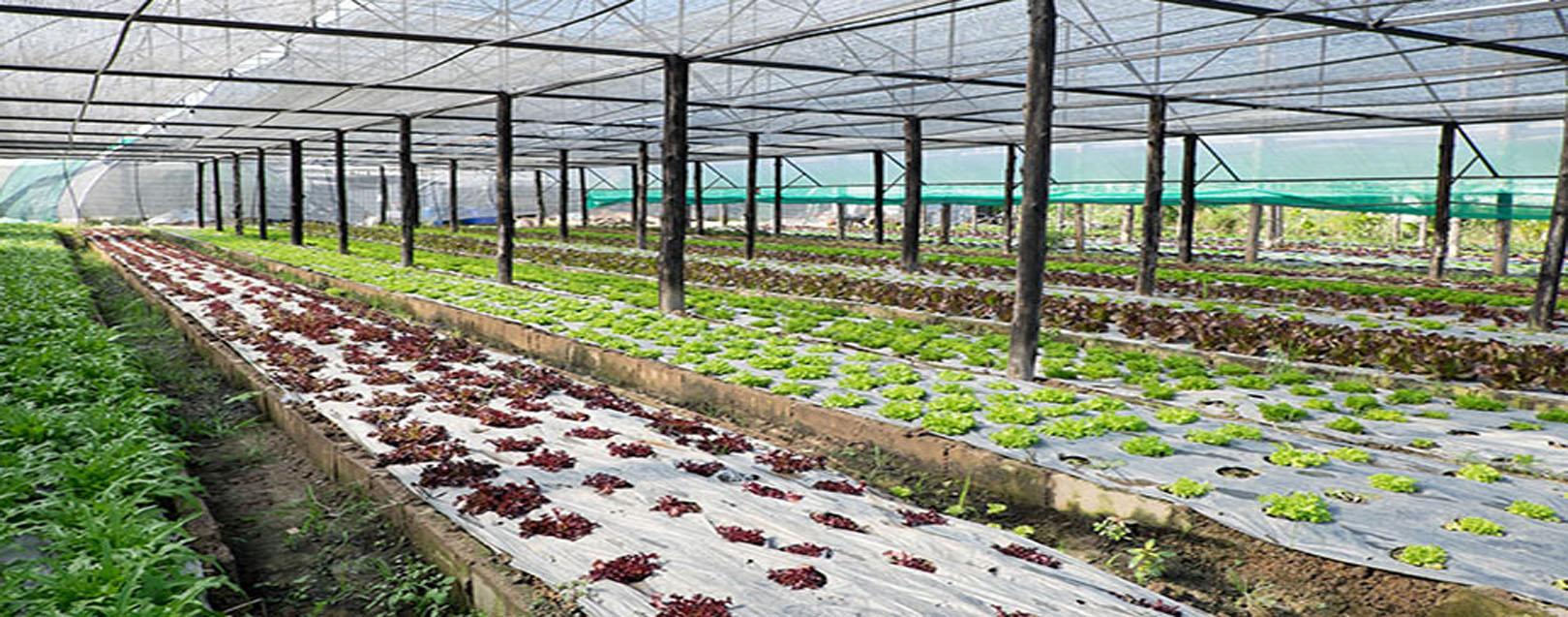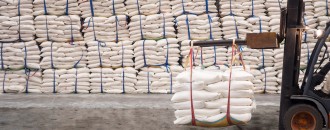When India's Finance Minister began introducing the Union Budget, he remarked that his Budget proposals were based on nine pillars, the first of which was Agriculture and Farmers’ Welfare. Indeed!
Manisha Choudhari | The Dollar Business
When Finance Minister Arun Jaitley began introducing the Union Budget, he remarked that his Budget proposals were based on nine pillars, the first of which was Agriculture and Farmers’ Welfare. Under this, the Government aims to double the income of farmers by 2022. The total allocation for Agriculture and Farmers’ welfare is Rs.35,984 crore. As part of the same pillar, the government intends to promote organic farming in order to ensure a rise in crop yields from rain fed areas, which make up nearly 55% of India’s arable land. Organic farming is the production of agricultural products free of any pesticide and chemical residues by use of adopting eco-friendly and low-cost technology. The benefits of organic farming include long-term sustainability, conservation of biodiversity, reduction of groundwater pollution, among others. In the Budget unveiled today, the Finance Minister announced that two schemes will be utilised to promote organic farming, and a total amount of Rs.412 crore has been allocated to these schemes. The first scheme is the Agriculture Ministry’s organic farming scheme, Paramparagat Krishi Vikas Yojana (PKVY), which garnered the support of Jaitley in the last Budget as well. This scheme is expected to bring 5 lakh acre under organic farming over a period of three years. An amount of Rs.300 crore was allocated in the FY2016, of which Rs. 197 crore had been released by January 12, 2016. The second scheme that will be yet another means to achieve this end is a value-chain based organic farming scheme called ‘Organic Value Chain Development in North East Region’. The North East is known not only for its handicrafts, but also its agricultural and horticultural products like ginger, cardamom, turmeric, apples, oranges, rubber, bamboo, etc. The emphasis under this scheme is on the value-addition of said organic agricultural produce from this region, so that it gains steam in the domestic and international markets. In an earlier interview, R. S. Joshi, Chairman of Federation of Industry & Commerce of North Eastern Region (FINER), mentioned that 98% of North East’s boundary is international boundary, which means that the region has a huge advantage when it comes to foreign trade, adding that “Bangladesh, Myanmar, and South East Asia are potential markets”. When it came to value addition, Joshi said, “Value addition needs to happen in the Northeast. The potential for rubber products is high in Tripura, but lack of connectivity is a major issue”. Just last month, Sikkim became the first state in India to have become a fully organic state. The landlocked state has a total geographical area of 7,29,900 hectare, out of which nearly 75,000 hectare has been converted into certified organic land, as per guidelines laid down in National Programme for Organic Production. The initiative to go fully organic was announced way back in 2003, and while it has taken quite a bit of time to achieve it, Sikkim is now an exemplary model for other states when it comes to organic farming.
February 29, 2016 | 05:10pm IST.







 to success.
to success.